"THE NAMES UPON THE HARP", written by Marie Heaney
and illustrated by P. J. Lynch
I had planned to write a post about this book while it was still March, so that I could include it in my "All Things Celtic" theme. However, I only received the book today. I'm going to write about it anyway, so just pretend it's still March (we have plenty of snow piles to make it seem so).
I learned about the book while I was writing my previous post about Niamh and Oisin. I discovered it only after I had found several wonderful illustrations for it from the gallery of P. J. (Patrick James) Lynch, a famous Irish artist.
According to the book, since childhood Lynch "has had images of Finn, the son of Cumhaill, and leader of the Fianna; Conor MacNessa, the King of Ulster; and Cuchulainn, the great hero, in his head. But only in collaboration with a story teller as respected as Marie Heaney did he feel ready to commit his images to paper."
Aiofe puts a spell on her stepchildren, turning
them into swans in "The Children of Lir"
Heaney, by the way, is the wife of famous Irish poet Seamus Heaney and a well respected writer and preserver of Irish folklore in her own right.
So far I have only had time to peruse the fabulous illustrations, but I will get around to reading the tales soon.
There are eight of them (plus one poem): "Moytura", "The Children of Lir", "The Birth of Cuchulainn", "Bricriu's Feast", "Deirdre of the Sorrows", "Finn and the Salmon of Knowledge", "The Enchanted Deer" and "Oisin in the Land of Youth."
Of the many characters in these stories, I had only heard of Cuchulainn, Deirdre, Oisin and Lugh of the Long Arm (from "Moytura"), so I have a lot of information to absorb!
The beautiful Eithlinn, held captive
in a tower, from "Moytura"
Heaney divides her book into three categories: "The Mythological Cycle", "The Ulster Cycle" and "The Finn Cycle". She gives a brief description of each of these cycles before relating the tales from them. I found this very useful, as I have run into these titles many times without really grasping what they meant.
From "Oisin in the Land of Youth"
"Fiercely fought battles, tender romances, spells and curses, loyalty and betrayal: the stuff of great drama, and unforgettable storytelling." That's what the publishers promise. I can't wait to immerse myself in these stories. Of them, Heaney says "What ensures their place in world literature is their agelessness, their value as expressions of the perennial art of the storyteller."
Through the millenia, these legends would have been lost forever if not for raconteurs and scribes like her.Fomorian leader Balor of the Evil Eye, from "Moytura"
Although I found most of the illustrations to be stunningly beautiful, there are some ugly ones too (like Balor, above, who could slay 100 men with one glance), and even gruesome (a severed head), so you may want to check out the book before giving it to a child.
Supposedly, this book is for children about the age of 8 or 9. But I certainly found it to be enjoyable at the adult level. In fact, Heaney tells these great Irish legends far better than any version I have yet seen! I especially appreciated the pronunciation guide, as I have a tendency to pronounce them as they're spelled, e.g. oy-zin instead of ush-een (Oisin), loog instead of loo (Lugh) and ay-oi-fuh instead of eef-eh (Aoife).
The book retails at $19.95 but I was able to find a perfect used copy for $8.00 on amazon.com. I will also be looking for Heaney's other book, "Over Nine Waves: A Book of Irish Legend."
~~~~~~~~~~~~~~~~~~~~~~~
"You and I leave names upon the harp"
Cuchulainn to Conor, from "Baile's Strand" by W. B. Yeats











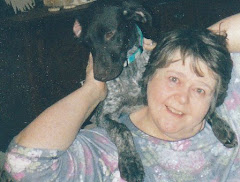



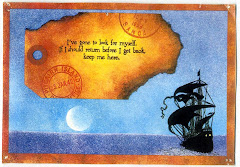














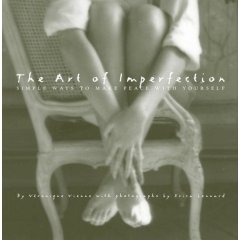
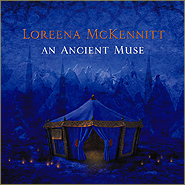

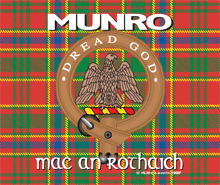
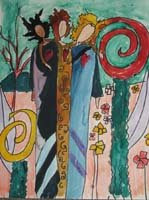

7 comments:
Hi Julie. Thanks for the introduction to a great teller of Irish tales. Interesting that Lynch can trace the ideas for this illustrations back to his youth. Clearly, he is as gifted in his ability to bring the stories to life through art as Heaney is through words.
Thanks for letting us know about this book and cute drawings.... hope the author (honouring her own book title) had included on "Moytura" the Dagda's harp incident! As known Dagda was a high chieftain and priest from the De Dannan tribe,and played a magical harp which was stolen by the Fomorians. It is told that this harp recognized its master's voice, and thus summoned it and played the three bardic styles of music, being the latter Music of Sleep..When they were all deep in slumber, the Dagda took his magic harp, and he and his golden-haired warriors stole softly away, and came in safety to their own homes again.
Keep up your nice blog!
Elven ELy
http://branawen.blogspot.com
I just ordered 2 copies -- one for me and one for my friend.
Hi again Julie !
I am enjoying your blog - lovely choices of illustrations. The Heaney / Lynch book is indeed a gem.
Just wanted to point out that the phrase "Cead mile Failte " a hundred(cead) mile(thousand) failte(welcomes) is mis-spelled - just a minor detail but to an Irish speaker is important! Thought you would like to know .
Best wishes
Trudi
Trudi - Ceud Mile Failte is the Scottish Gaelic spelling.
Hi Julie,
I was clicking on this blog and that blog, and lo an behold I found yours. It's been forever since I last visited. Hope all is well ~ Happy Spring!c
not more snow Julie! wish i could send you some of my spring sunshine, blossom and bees a-buzzin!
Leanne x
Post a Comment